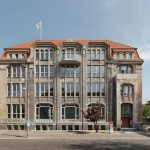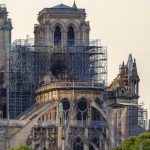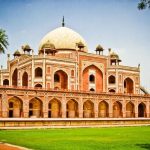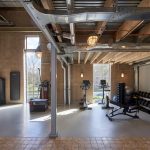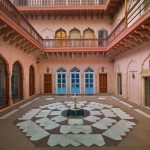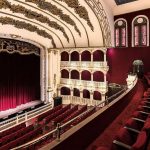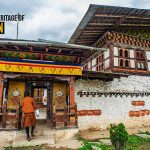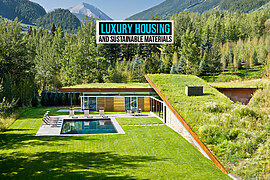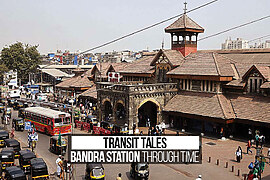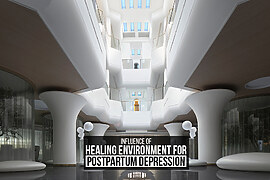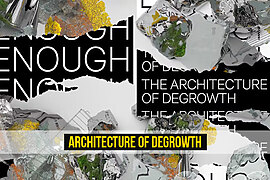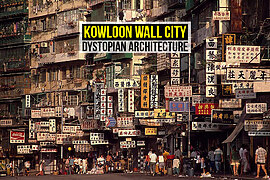Restoration as a catalyst for the modern world
Restoring a structure to its previous state is the process of restoration. This state is described as being “…a known earlier state, based on convincing evidence, without supposition” by Historic England. Most often, historic buildings must undergo restoration work to exactly recreate their form, features, and personalities as they appeared at a specific time while preserving their heritage significance. As part of restoration efforts, decay or modifications to the building can be undone. Restoration in the built environment attempts to attain a high level of authenticity with as much accuracy as feasible. When necessary, modern work is done covertly to preserve the historic character, such as updating old utilities or installing climate controls, alarm systems, etc.
The following criteria could be used to determine whether restoration efforts are acceptable:
1. The impact of restoration efforts on the building’s overall heritage value.
2. The strength of the evidence supporting the work’s requirement.
3. Whether the construction honours the building’s earlier forms.
4. The effects of the work on the need for continuing maintenance
Restoration and Architecture relationship | Built environment
In architecture, there is a term called renovation for the word restoration. This renovation represents a change in the look and feel of the built environment. When one decides to restore or renovate the environment, it means that one is taking a step towards positive changes in their lifestyle. There is a thin line between designing interiors completely for raw space and restoring the space. In the case of restoration, one needs to keep in mind what elements can be preserved without losing their functionality and identity. There are broadly two types of restoration in the architecture field.
- Interior restoration- In the old era, elements are either preserved or given a look depending upon the client’s requirements. There are some civil changes where the walls and circulation are altered to best suit the client’s functional needs.
- B) Exterior restoration- Where the external façade elements are entirely or partly changed depending upon the client’s requirements. Some elements are also preserved, like structural columns, etc.
Many structures worldwide have undergone restoration processes due to climatic, contextual, and modern changes in usability reasons, etc. Most of them are public buildings that contribute to the public’s well-being.
Villa Heiki, Berlin
Located next to a prison on the outskirts of Berlin, this structure had been abandoned since 1990. The villa was constructed in 1910 and belonged to Richard Heike, an affluent industrialist who grew his business by selling meat and sausage-making machines. Soon after the death of Heike as a result of the Soviet invasion, the villa was used by Stasi, or the German security service, during the Cold War.
The abandoned structure was restored and redesigned by architect Christoph Schubert in 2019, who transformed this space into an office and showroom that hosts artists’ works.
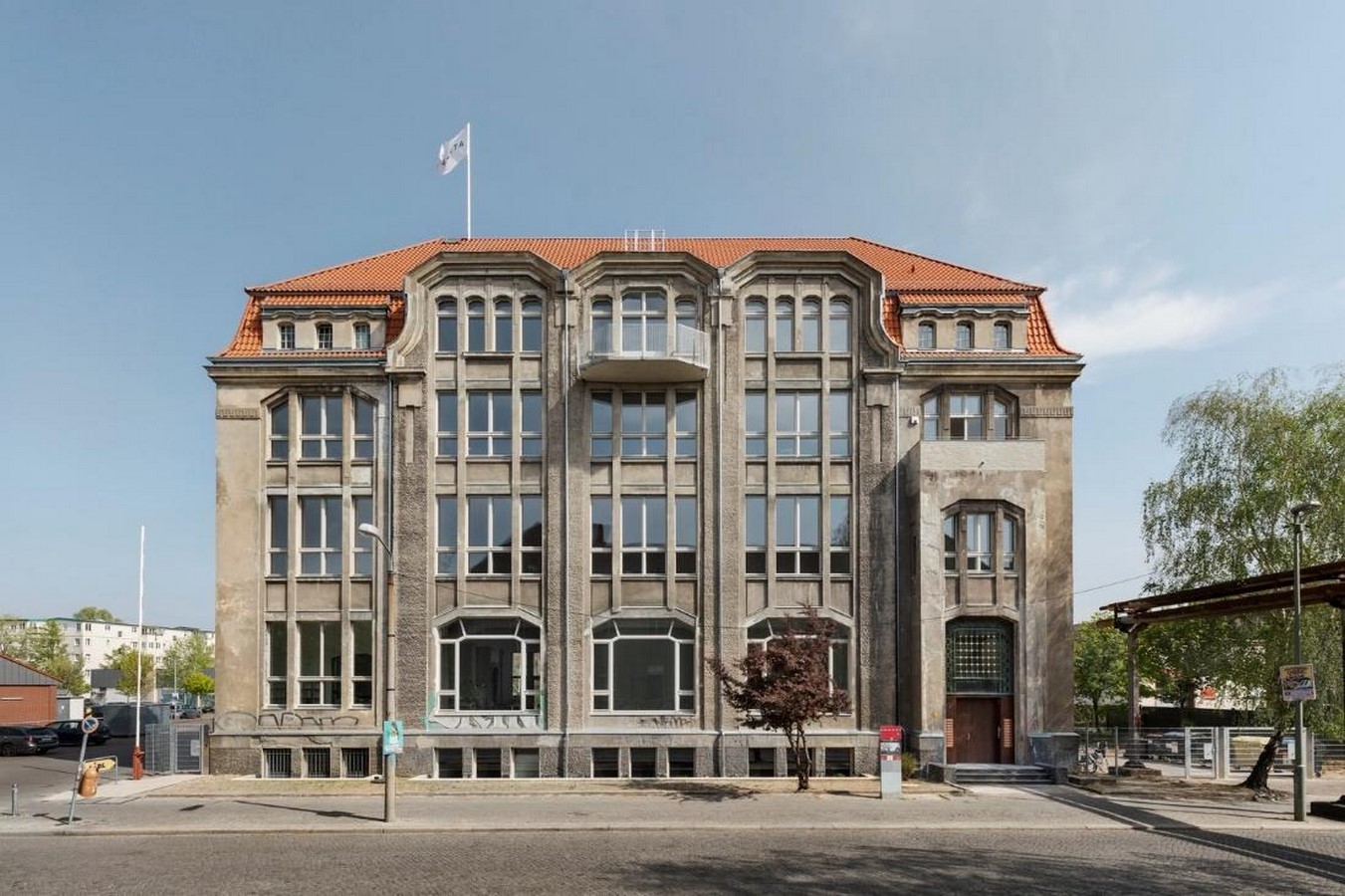
Casa Vagantes, Mexico | Built environment
Arista Cero and Gina Góngora, architects, undertook a modest repair project to provide space for the throngs of people who frequently visit the city’s historic core.
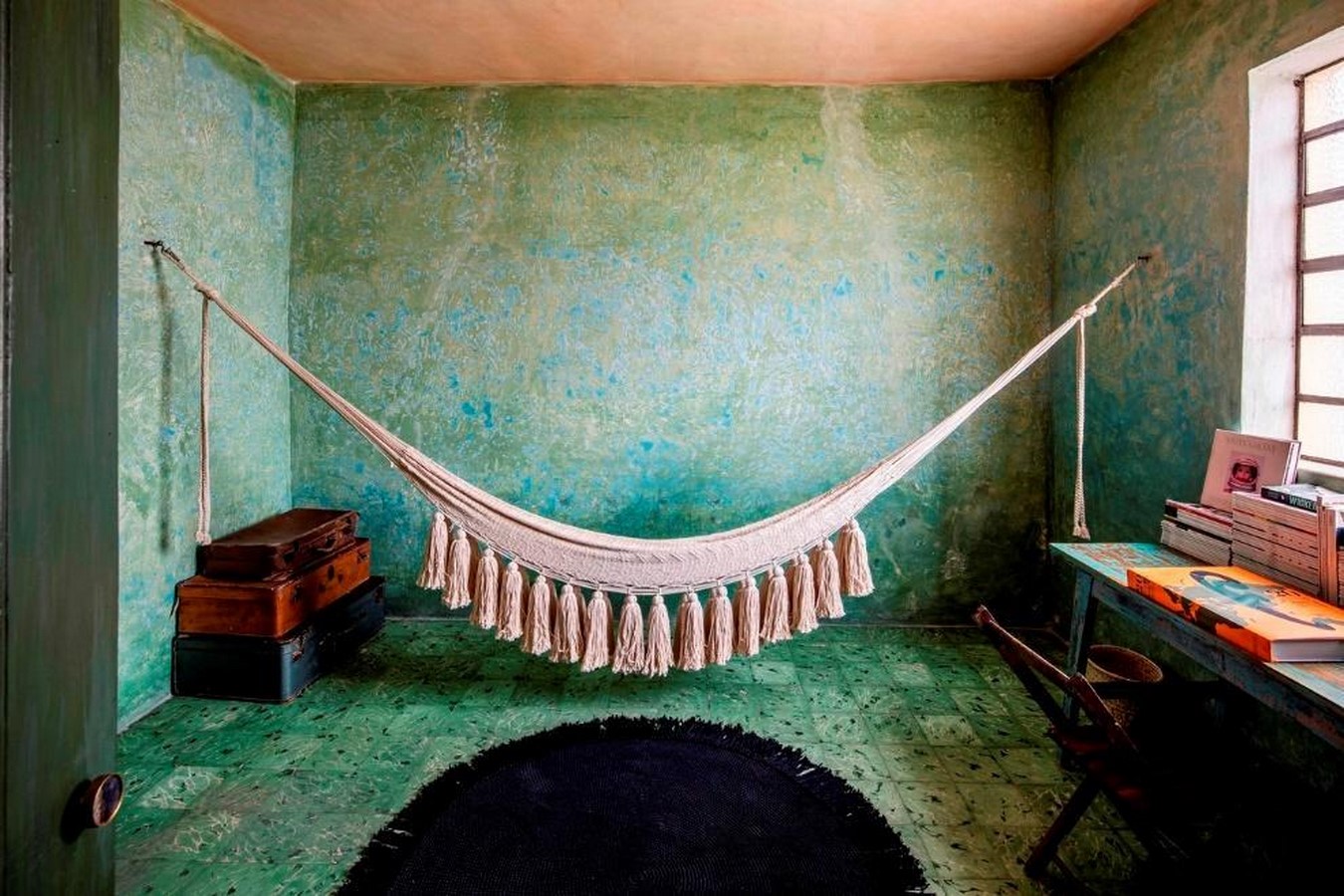
Royal Opera House, Mumbai
The ancient building, which was first used in 1916 as a popular gathering place for colonial India’s upper class to enjoy entertainment, underwent renovation as a result of a joint effort by the Maharashtrian government and architect Abha Narain Lambah. The facility underwent a comprehensive renovation in 2012 and now features a cafe and a fine dining restaurant, making it the ideal location for networking gatherings.
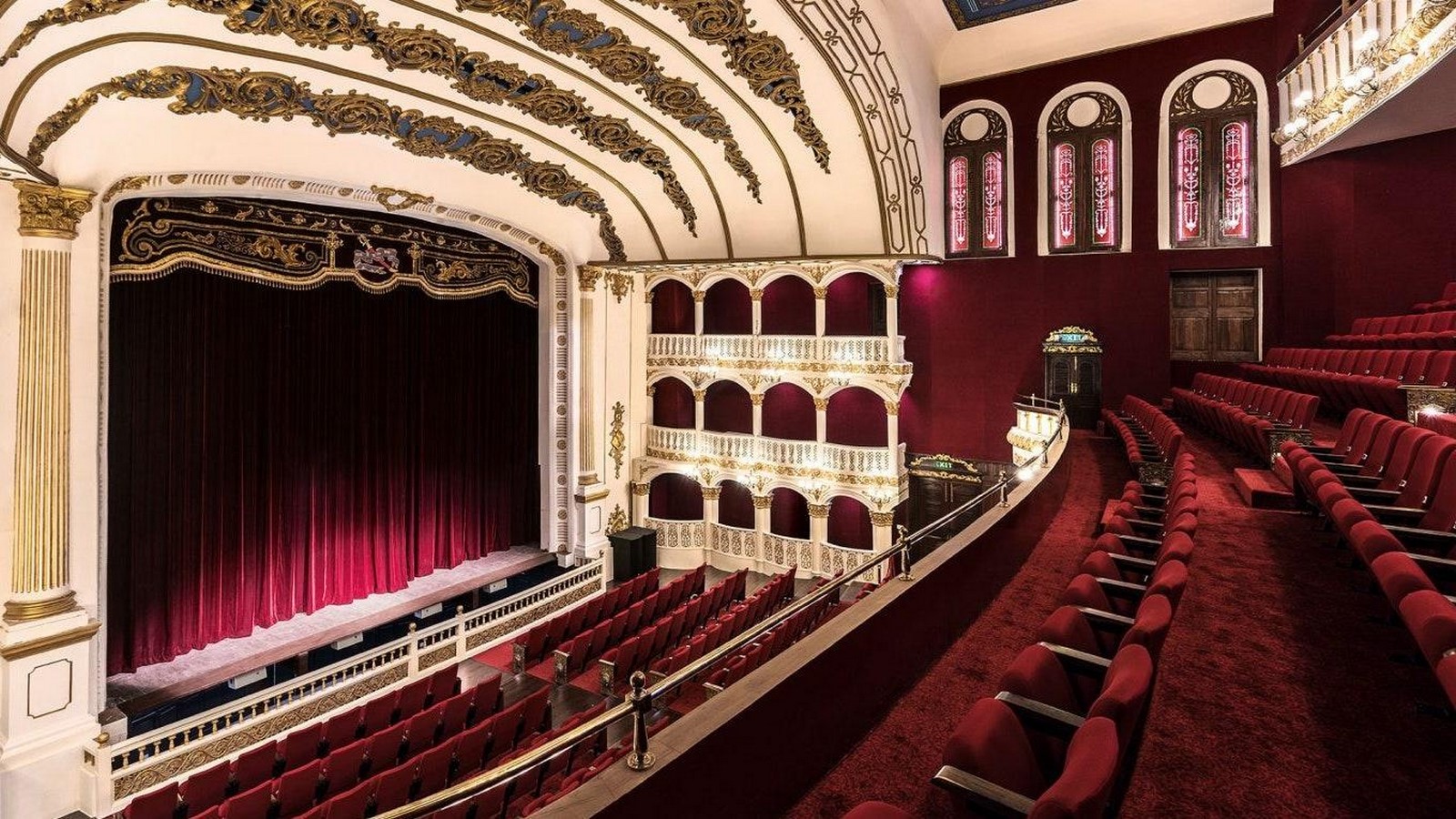
Notre Dam Du Hatt | Built environment
The well-known tourist destination, Notre Dame, which was founded in mediaeval Paris, has endured a number of cruel tests of time, including the French Revolution’s destruction of the structure and more recent fires that devastated its spires and roofs.
A successful initiative to reconstruct the cathedral’s roof and spires and restore its vaults and gables is currently being carried out.
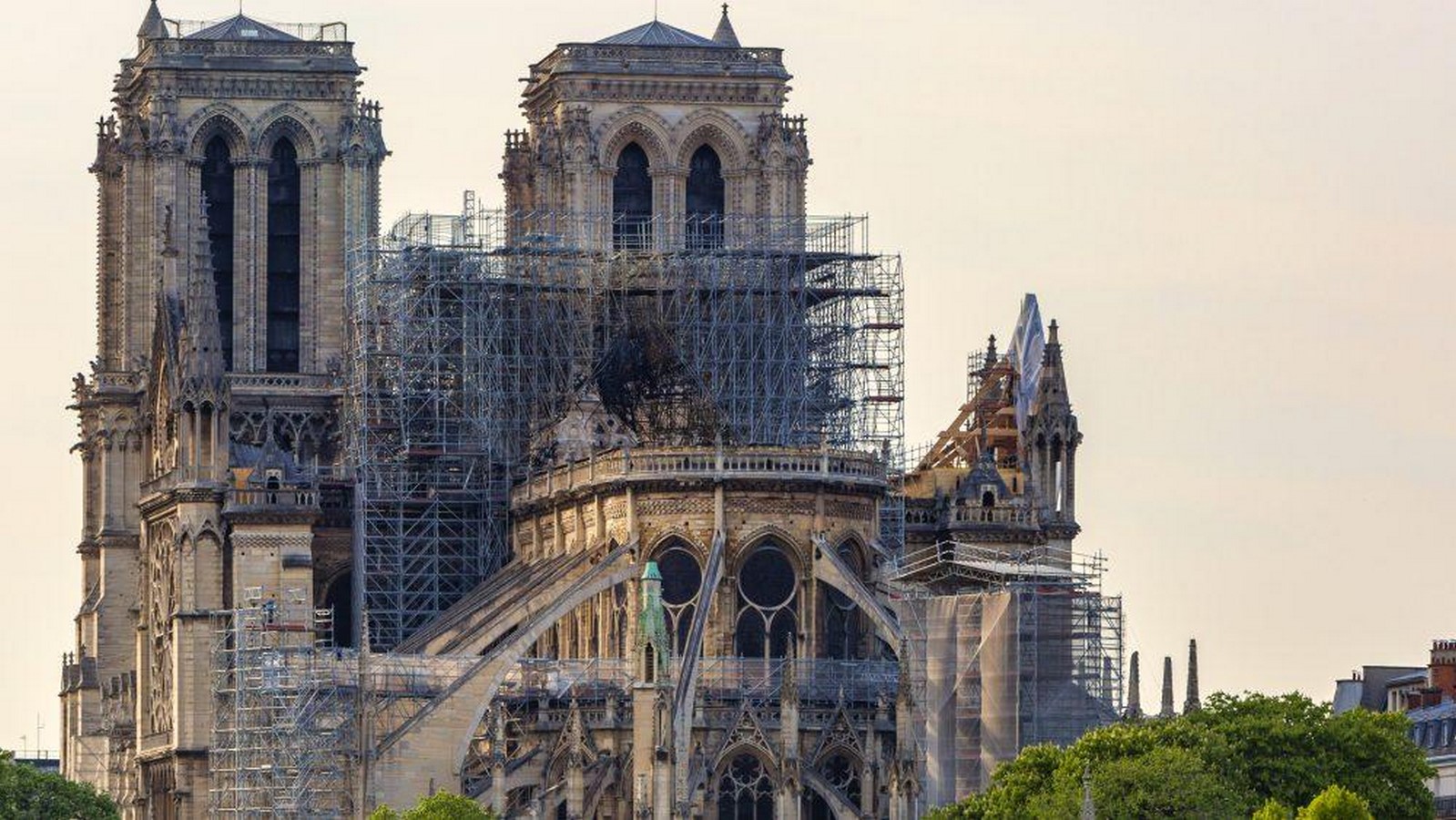
Humayun’s Tomb , Delhi
An important UNESCO World Heritage property in Delhi that was constructed in the 16th century was restored in 2013 as part of a comprehensive conservation effort led by The Aga Khan Trust for Culture. Over the course of the project’s more than six-year duration, artisans from Uzbekistan were employed to restore the magnificent Mughal building.
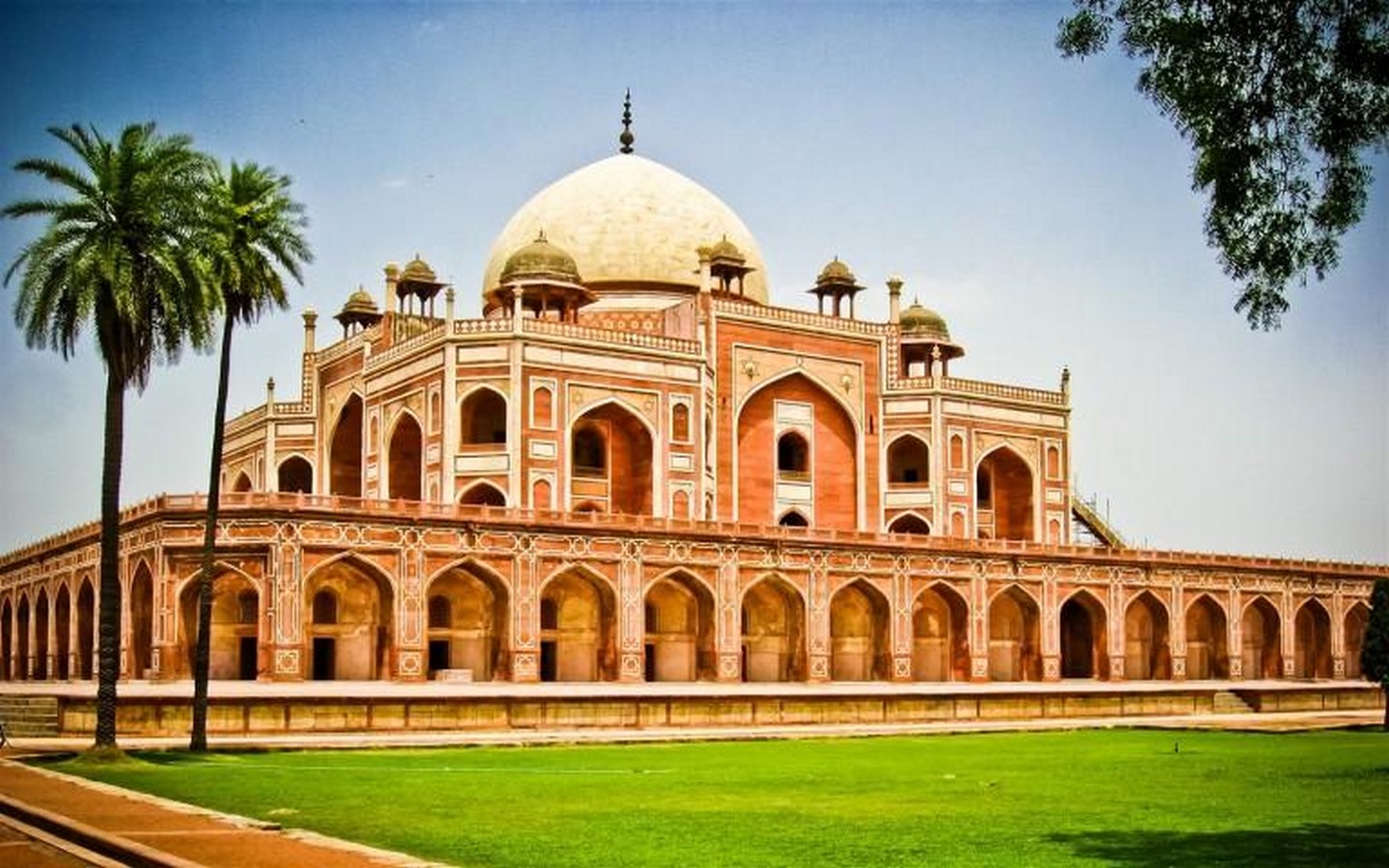
13KV Dordrecht Health Center, Netherlands
The facility, which was restored and inaugurated in 2020, takes its name from the building’s past use as a 13kV electrical distribution station. The complex was renovated under the direction of architect Sander Ros and his team at RoosRosArchitecten, who implemented repurposed furniture and sharp steel fencing to maintain the building’s historic industrial character.
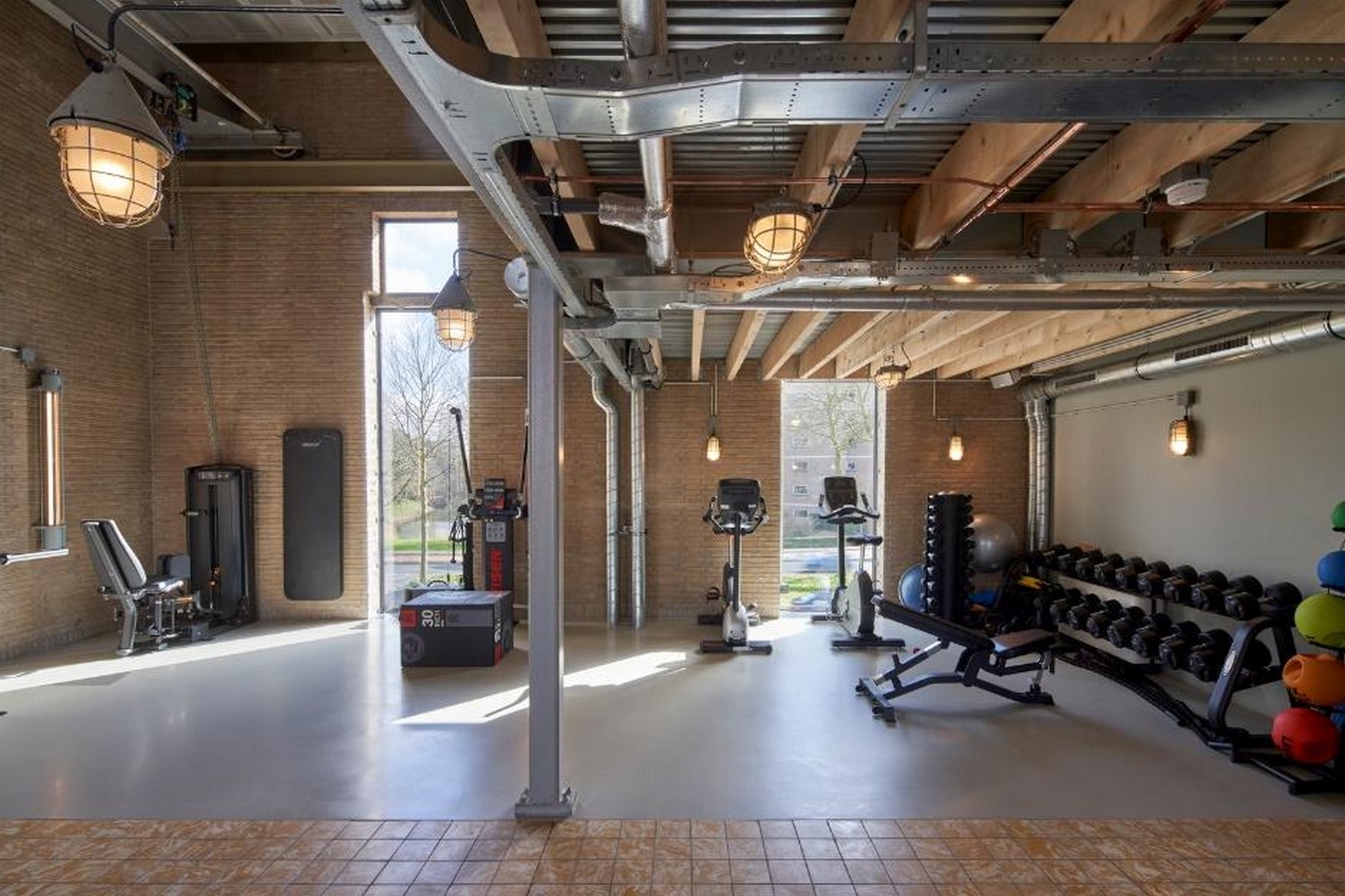
Haveli Dharampura, Delhi | Built environment
A luxury boutique hotel with exquisite decorative carvings and terrazzo tiles that successfully captures the spirit of Mughal architecture currently stands where a historic haveli did in 1887. The Municipal Corporation of Delhi first disregarded the location as a dangerous structure due to its extreme wetness and deteriorating strength, which got worse over time.
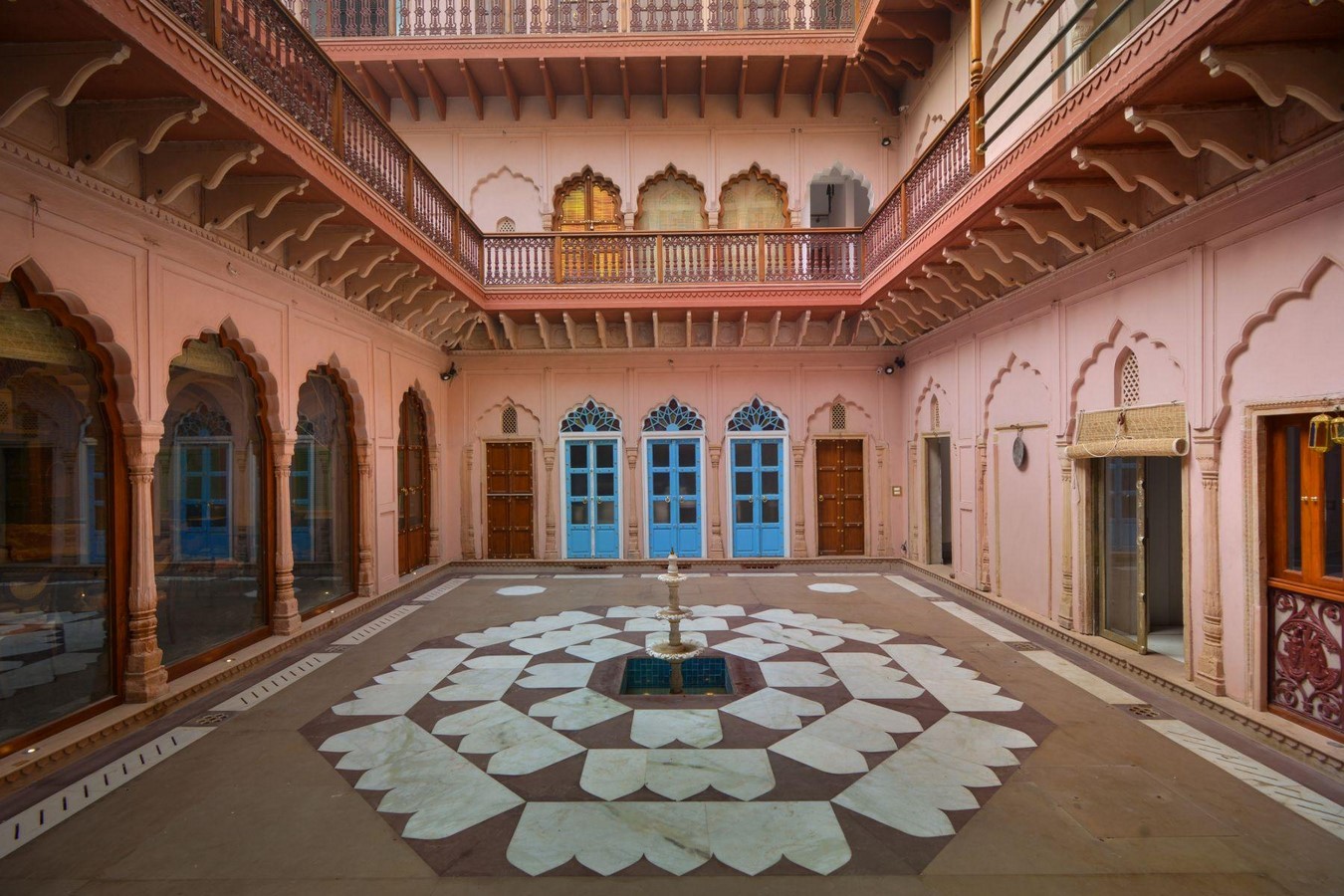
Citations:
- “Villa Heike / Villa built with advanced concrete technology” 09 Aug 2021. ArchDaily. Accessed 31 Dec 2022. <https://www.archdaily.com/944434/villa-heike-christof-schubert-architekten> ISSN 0719-8884.
- Group, Joa. “Restoration of Notre Dam,” Www.joagroup.com, 28 May 2019, joagroup.com/notre-dames-fire-the-risks-and-rewards-of-restoring-older-structures/. Accessed 31 Dec. 2022.
- Singh, Anirudh. “The 18-Foot-Tall Pinnacle of the Tomb, Which Contains 11 Copper Jars Covered in Pure Gold, Was One of the Many Salvaged Components.,” Amazingindiablog.in, 25 June 2016, amazingindiablog.in/humayuns-tomb-delhi/. Accessed 31 Dec. 2022
- “13KV Dordrecht Health Center / RoosRos Architecten” 11 May 2020. ArchDaily. Accessed 31 Dec 2022. <https://www.archdaily.com/939065/13kv-dordrecht-health-center-roosros-architecten> ISSN 0719-8884
- “For the Purpose of Giving Its Customers a More Enhanced Mughal Experience, the Marble Jalis and Beautiful Panpatta Patterns Were Faithfully Reproduced from the Original Designs.” Www.wildfrontierstravel.com, www.wildfrontierstravel.com/en_GB/destination/india/hotels/haveli-dharampura/14747. Accessed 31 Dec. 2022.
- “Casa Vagantes / Arista Cero + Gina Góngora” [Casa Vagantes / Arista Cero + Gina Góngora] 12 Feb 2020. ArchDaily. Accessed 31 Dec 2022. <https://www.archdaily.com/933589/casa-vagantes-arista-cero-plus-gina-gongora> ISSN 0719-8884
- Nevelli Sukhia. “The Royal Opera House’s Interiors, Which Have Magnificent Corinthian Pillars and Baroque Details, Provide a Victorian Backdrop for Its Guests to Enjoy Music Performances and Stand-up Comedy Events,” Www.architecturedigest.com, 15 Nov. 2016, www.architecturaldigest.in/content/inside-majestic-grandeur-mumbais-newly-restored-opera-house/. Accessed 31 Dec. 2022.








